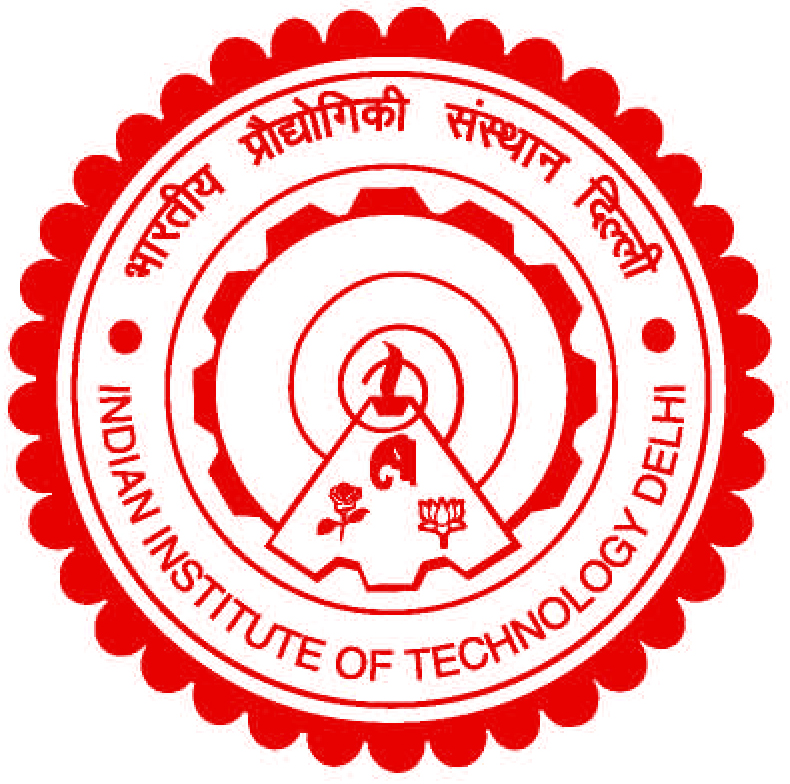[Completed] “Cognitive machine-to-machine communications for sustainable broadband wireless access”, DST, 2015-18 (PI)

Figure: (a) Cognitive multihoming concept; (b) An illustrative approach to energy sustainability
The first research aspect is primarily pertaining to network architectural and interplay studies in cellular-like (base station or access point controlled) heterogeneous networks, with the key focus on broadband QoS/QoE support and network capacity enhancement. The second research aspect has additional focus on machine-to-machine communications, where beyond the classical “centrally-controlled” access communications, the users (the smart devices) are also allowed to collaborate directly among each other as and when needed, for better connectivity and higher energy efficiency. The third research aspect is about energy sustainability of smart mobile devices for wireless communication, which could be classical access point or base station centric or distributed M2M-type communications.
- On the heterogeneous network-network interaction aspect, we have specifically worked on the inter-RAT (radio access technology) communications for broadband QoS/QoE support. (Reference: IEEE Commun. Mag., 2016; Elesvier Computer Commun., 2017; IET Netw., 2018; IEEE Trans. Mob. Comput., 2018)
- On the M2M communication aspect, we have considered heterogeneous user-to-user as well as heterogeneous user-to-network communication and reconfigurations. (Reference: IET Commun. J., 2016; IEEE Trans. Mob. Comput., 2016; IEEE IoT J., 2018a; IEEE/ACM Trans. Netw., 2018; IEEE IoT J., 2018b)
- Energy sustainability aspect covers infrastructure network as well as M2M-type communication, with primary emphasis on online energy replenishment of energy-constrained field nodes via RF energy transfer. (Reference: IEEE Trans. Commun., 2016; IEEE Access, 2016; IET Electron. Lett., 2016; IEEE Sensors J., 2016; IEEE Trans. Commun., 2017; IEEE Trans. Wireless Commun., 2017; IEEE Trans. Green Commun. Netw., 2017; IEEE IoT J., 2018c; IEEE IoT J., 2018d)
[Students: Chetna Singhal, Satyam Agarwal, Ravikant Saini, Deepak Mishra]
